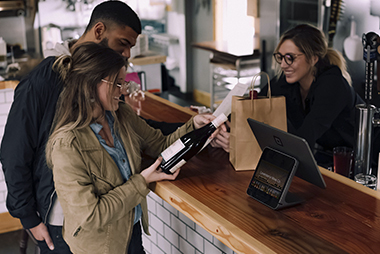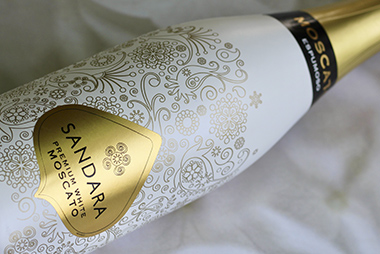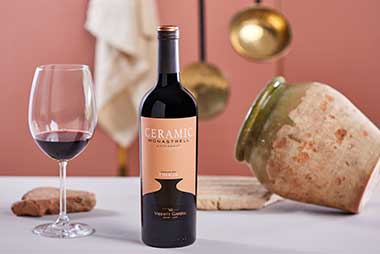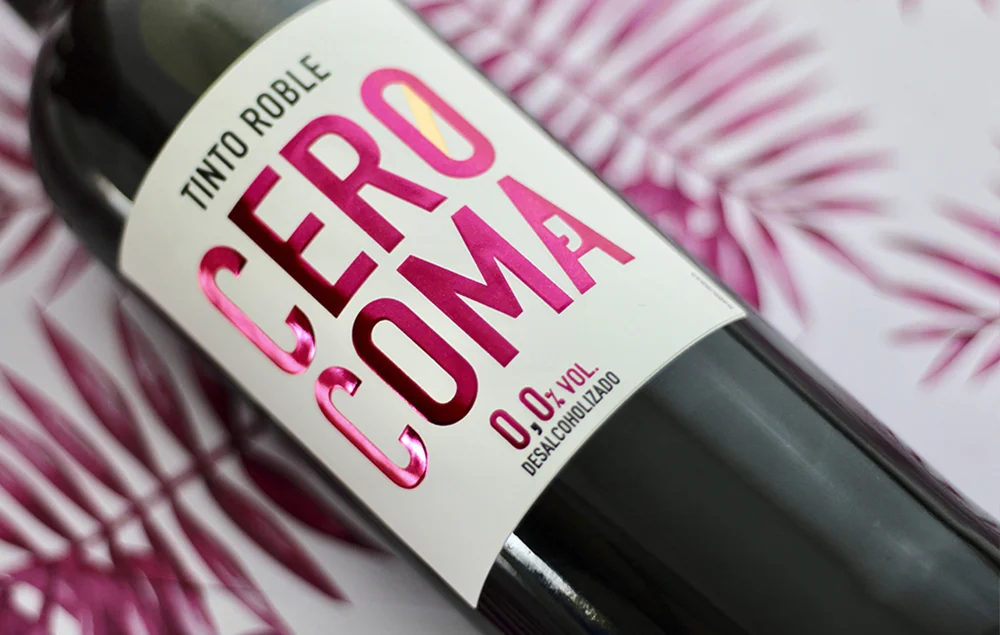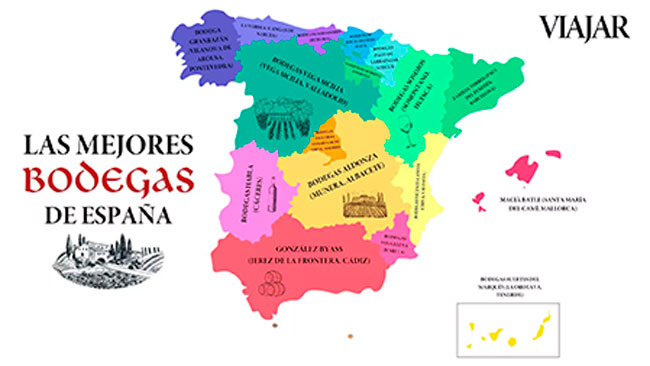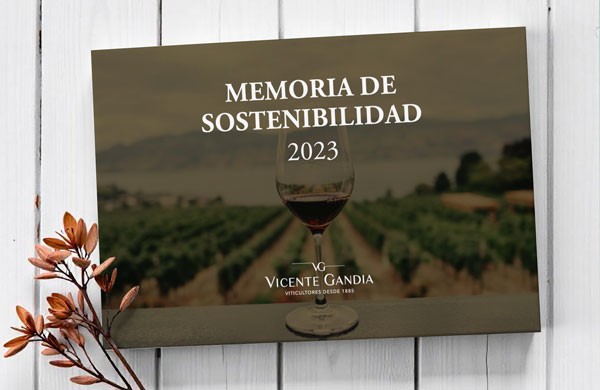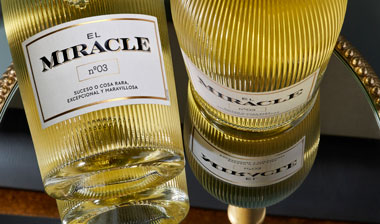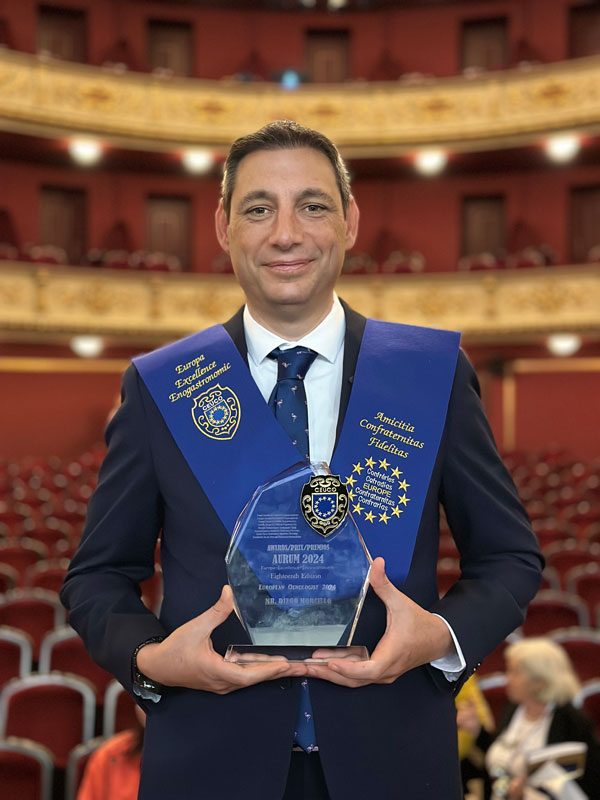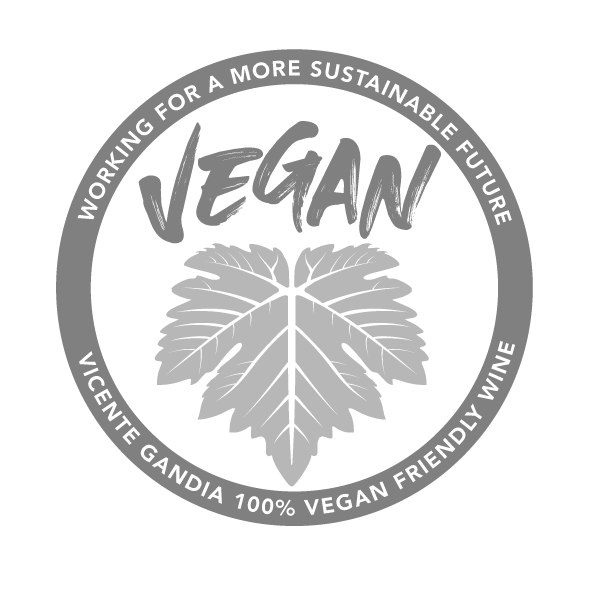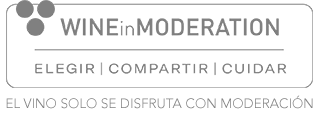Continuing with María’s story, we are going into deep a little more about the factors that change her mind when making the decision to buy bottles of wine for her dinner with friends at home.
Wine, like many other products, is defined based on a series of intrinsic and extrinsic attributes. The intrinsic elements are those attributes that depend on the characteristics of the physical composition of the same, in this case, the location of the vineyards, the “terroir”, the production process, the physicochemical characteristics, etc… In the case of the wine, these attributes or characteristics can only be verified once the product is consumed.
In contrast, extrinsic attributes are those that can be modified without varying the product itself. Examples of these attributes in the wine are the price, the bottle, the brand, the label, etc… At the time of purchase, the consumer must infer the intrinsic attributes of the wine through its extrinsic elements. For this reason, it is so important that the elements that are perceived at the time of purchase (price, bottle, design, brand, etc …) have been studied in detail to “convince” the consumer that what is inside is what they expect.
Some of the extrinsic elements of wine are intended to reduce the perception of risk that consumers have when choosing a wine. Let’s see some of them:
- The Appellation of Origin are a tool to help consumers because the wines covered by them comply with all the regulations of the Regulatory Councils so they have a certified quality.
- The brand. As in other product categories (almost all of them I would say), it is a differentiating element. If we can develop a brand and position it in the minds of consumers, we will have a lot to win. When you know a brand and have a good perception of it, it is easy for this to be the element that helps us the most when making purchasing decisions.
- The information that appears on the label is used to inform about the organoleptic characteristics of the wine, in addition to the required legal information that we have already seen in this post: ¨What does the wine labeling tell us?¨. In addition, in some cases, consumption recommendations are offered with meals, information on the production process, the history of the producing winery, or the ideal serving temperature.
- Grape varieties are also an element that reduces risk in consumer decision-making, and that helps in the selection process, since a grape variety should have “similar” characteristics between different products. In fact, in some Anglo-Saxon countries, the grape variety is one of the main factors in choosing the product.
- The price. The perception that “expensive must be good” also applies to the wine sector. There are neuroscientific studies that show that the experience of tasting a 50 € wine is better than that obtained from a 5 €wine, even if the wine is exactly the same.
- The evaluations of specialized journalists and wine competitions, as we have seen in this post: ¨The value of a medal in a wine¨ are also elements that help reduce risk in decision-making by consumers. In this way, when faced with similar products, a buyer is more likely to choose a bottle with an award, medal or score from specialized critics / contests than if they do not have one. There are studies that certify this and, in fact, there is a great business around competitions, specialized press and wine critics worldwide.
For María it is not an easy task, especially due to the great offer that exists in the market of little differentiated products. There are many things to take into account and, above all, what María does not want is to be wrong and that, because of the wines, her surprise dinner is not what she expects.

Article written by:
Raúl Custodio,
Director, Business Development

